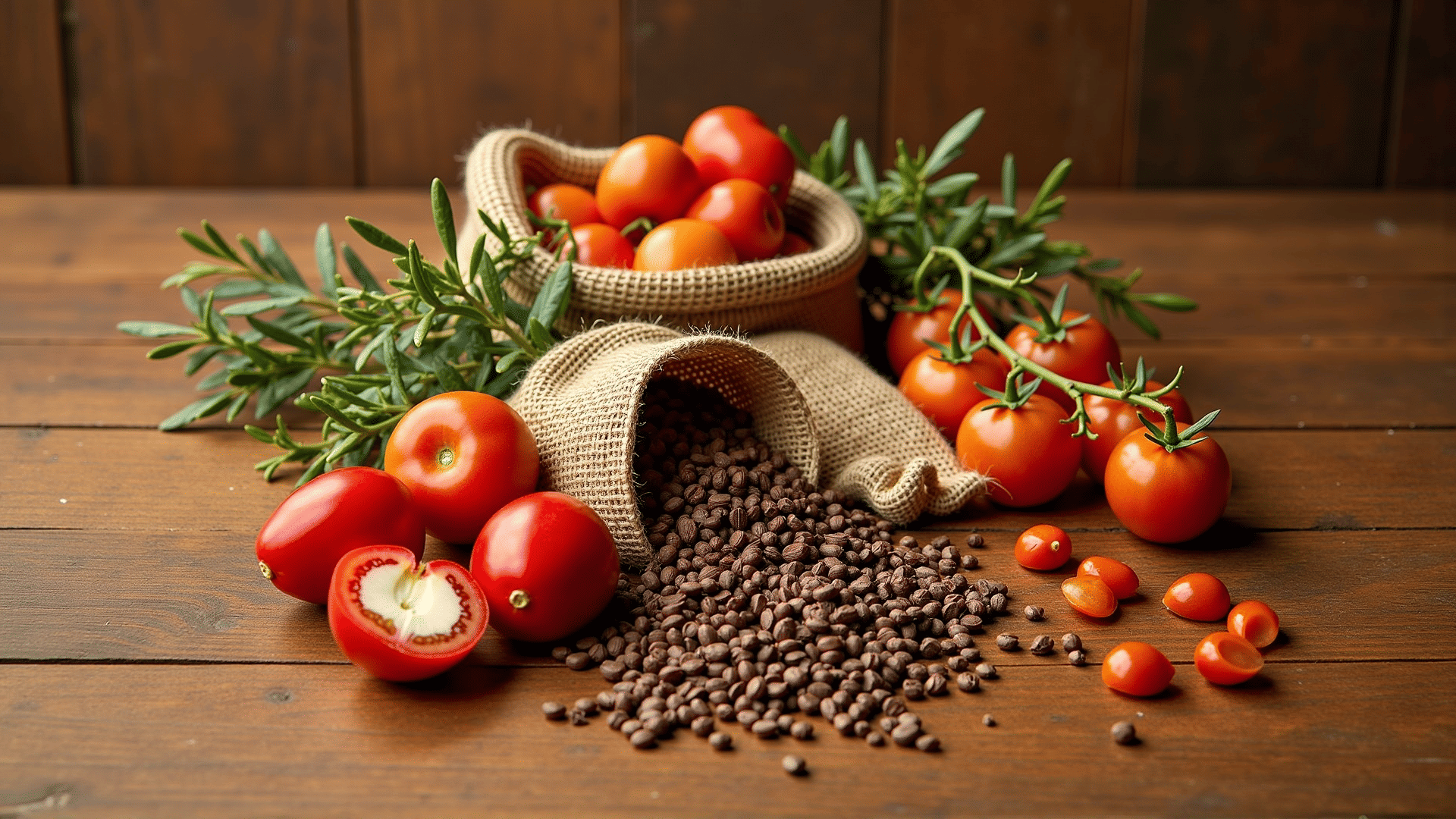For thousands of years, Indigenous Australians have thrived on the bountiful resources offered by their land, demonstrating a profound understanding of the local ecology. This deep connection to nature is epitomized through their use of native ingredients, which have not only sustained their communities but also formed the foundation of their cultural and culinary heritage. Today, there is a growing interest in these indigenous ingredients, both for their nutritional value and their potential to contribute to sustainable food systems.
One of the most notable indigenous ingredients is the macadamia nut. Native to the northeastern regions of Australia, particularly Queensland, macadamia nuts are revered for their rich, buttery flavor and high nutritional content, including healthy fats, fiber, and antioxidants. They were a staple food for Indigenous Australians and are now enjoyed globally, often featured in both sweet and savory dishes.
Another vital ingredient is the wattleseed, harvested from the acacia tree. Wattleseeds have been used for centuries by Indigenous communities as a source of protein and carbohydrates, easily ground into flour for damper bread or used to thicken and flavor stews. Wattleseeds boast a nutty, coffee-like aroma, making them a versatile addition to modern culinary applications, ranging from baking to brewing.
Kakadu plum, also known as gubinge, is a powerhouse of nutrition and boasts the highest recorded levels of vitamin C of any fruit, up to 100 times more than an orange. This indigenous ingredient, traditionally used as a healing remedy, offers immense potential in boosting immune health and is increasingly being incorporated into health foods and supplements.
The bush tomato, or desert raisin, is another staple food that has sustained Indigenous Australians, particularly in arid regions. These small, sun-dried fruits are rich in antioxidants and have a tangy, savory flavor, adding depth to sauces, chutneys, and relishes. Despite its small size, the bush tomato has started to gain attention in gourmet kitchens worldwide due to its unique taste profile.
Moreover, ingredients like lemon myrtle, with its refreshing citrus notes, are used not just in cooking but also in traditional medicines and cosmetics. Known for its powerful antibacterial and antifungal properties, lemon myrtle has become a favored ingredient in teas, marinades, and salad dressings.
Finger lime, often termed "citrus caviar," is another remarkable native fruit with juice-filled vesicles bursting with lime flavor, providing a unique textural experience in dishes. With its vibrant colors and tangy taste, finger lime has become a prized component in high-end restaurants globally.
Incorporating these indigenous ingredients into modern cuisine offers more than just new flavors and health benefits; it also presents an opportunity to acknowledge and respect the rich cultural heritage and traditional knowledge of Indigenous Australians. By embracing these native ingredients, there is a chance to foster a more sustainable and inclusive food industry that honors the ancient practices and wisdom of the original custodians of the land.
In summary, the indigenous ingredients of Australia represent a rich tapestry of history, nutrition, and sustainability. As we continue to explore their potential, it is essential to do so with respect for the traditions and knowledge of Indigenous Australians, allowing their cultural heritage to guide us toward a more harmonious relationship with the environment and the food it provides.
